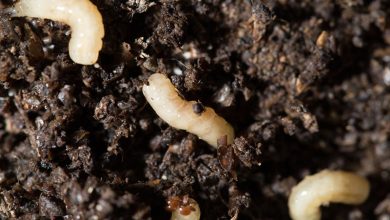Pests and Diseases of Carnations: [Detection, Causes and Solutions]
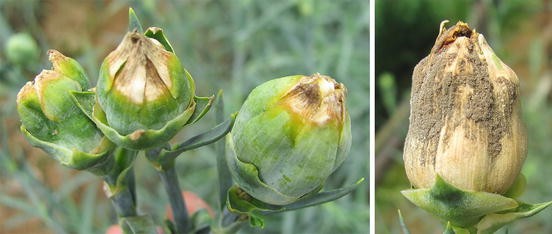
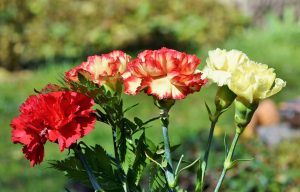 The carnation is a species that produces the most used flowers for ornamental purposes in the world.
The carnation is a species that produces the most used flowers for ornamental purposes in the world.
This need for high production requires that their care be the most determined to achieve good results at harvest time.
Although in fact the plant is not very demanding, sufficient attention should be paid in cases where there are pests and diseases that affect it.And it is from this point that we are eager to talk to you today, with the idea that you enjoy your planting and flowering with abundance each season.
Rust
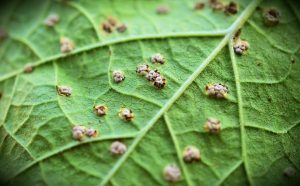 Rust is a fungal disease that develops at the foliar level in carnations , producing a series of pustules on the structure of the leaves and stems.
Rust is a fungal disease that develops at the foliar level in carnations , producing a series of pustules on the structure of the leaves and stems.
Although it is not frequent that it attacks flowers as such, it is capable of generating malformations in the plant that end up affecting the quality of the petals.
It is common for its effects to be triggered when the plants are subjected to constant humidity in the environment.In addition, it is necessary that the temperature range goes from 5 to 28º C. That is, they occupy both conditions at the same time.
It has a quite striking resistance, since the fungus is capable of living for up to 6 months without having any host , which makes it more dangerous.At present, numerous studies have been carried out that have allowed the creation of much more resistant carnation species.
Hence, it is so essential to use healthy specimens for planting and disinfect the land, as well as all the tools used.However, when undertaking a chemical fight, it is advisable to apply active ingredients such as azoxystrobin.
aphid
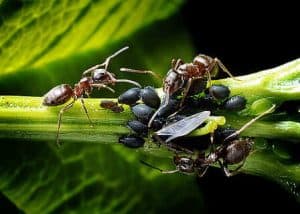 The aphid has feeding preferences for sugars and plant sap, so it sucks them from leaves and flowers.
The aphid has feeding preferences for sugars and plant sap, so it sucks them from leaves and flowers.
It is a pest that has become very recurrent in carnation crops, especially when they are kept during cold seasons.
In addition to sucking the vitality of the plant, they are also known to secrete a molasses that facilitates the installation of the bold fungus.An aphid attack in low quantity can be controlled by using biological elements.
That is, incorporating natural predators such as the two-pointed adalia .In the event that a much larger population is evidenced, it is necessary to proceed to chemical action.
However, it must be taken into account that their action is not detrimental to the flowering or to the other representatives of the fauna characteristic of the place.
alternate
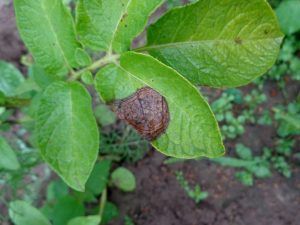 It is a disease that is capable of affecting both the leaves and the flower stems, filling them with spots on their structure.
It is a disease that is capable of affecting both the leaves and the flower stems, filling them with spots on their structure.
These spots differ from those caused by other diseases because they are usually purple.
Its radius of action is punctual at the beginning, but the most common is that the spots advance until they cover the entire surface.
There are different types of fungi that cause the appearance of alternaria, some of them operate during planting time, while others do so after harvest.Humidity is a determining cause for its appearance, as well as the steam that it produces when temperatures are very high.
Regarding the issue of prevention, the use of resistant and healthy cuttings will be decisive. However, it is also necessary to keep in mind that the use of fungicides will be key when there is no other solution.Among those that are accepted for this purpose are the maneb and the dodina .
slugs
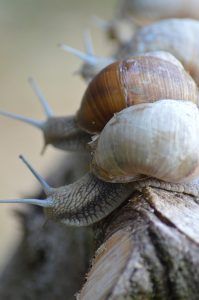 They are pests that approach plants in a creeping way, they have similar behavior to snails, but without a shell.
They are pests that approach plants in a creeping way, they have similar behavior to snails, but without a shell.
Its appearance is frequent when the level of humidity in the environment is very high, perhaps after a prolonged period of rain.
In the case of carnations, slugs are very harmful because they are capable of feeding on each of the parts of the plant.
Slugs can be treated with extracts made from garlic and onion, so they become fairly easy to remove if caught early.In any case, it is also possible to find molluscicidal products on the market that will do an excellent job of achieving this goal.
Red spider
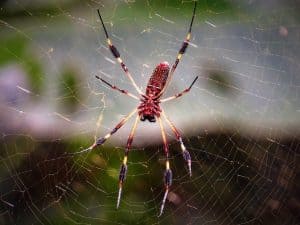 The effects of the red spider, unlike the slugs, begin to be noticed when the relative environmental humidity begins to decrease.
The effects of the red spider, unlike the slugs, begin to be noticed when the relative environmental humidity begins to decrease.
Their attack, on the other hand, is manifested directly in the leaves, since they are in charge of sucking the sap from which they feed.
This action generates as a consequence that small yellow dots appear on the leaves that weaken the leaves and can cause them to fall.
On the other hand, the red spider also produces a spider web that can be found located on the underside of the leaves, where it is common for them to travel.The good news is that spider mites can be treated by using agricultural products made with sulfur, so the plant can be sprayed.
It is also possible to increase the humidity in the area where the carnation is established, especially when it is planted in closed areas.
fusarium
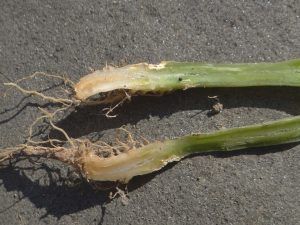 Of all the diseases that could attack the carnation, this is one of the most worrying.
Of all the diseases that could attack the carnation, this is one of the most worrying.
The reason is that the fungus that causes the disease penetrates from the roots, progressively affecting the entire structure of the plant.
Although at first the roots may look healthy, after the infection is installed, they end up rotting in a short time, ending the life of the carnation.
The problem is that it is a disease that will not be noticed until the damage is considerable.In addition to that, there are no corrective measures that are efficient to combat its appearance because it occurs at ground level.
In any case, there are preventive measures that could improve the outlook, such as using resistant plants, quality irrigation water, disinfection of the substrate, etc.That a carnation plant presents some damage due to the action of pests or diseases is a true tragedy.
That is why having the pertinent information in our hands will be our only way to prevent unfavorable situations from arising.

![Photo of Autumn Flowers: [Names, List, Care and Characteristics]](https://www.complete-gardening.com/wp-content/uploads/2022/08/autumn-flowers-names-list-care-and-characteristics-390x220.jpg)
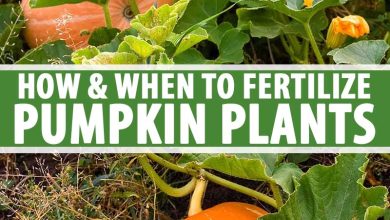
![Photo of Wormwood: [Cultivation, Irrigation, Care, Pests and Diseases]](https://www.complete-gardening.com/wp-content/uploads/2021/06/Ajenjo-390x220.jpg)
